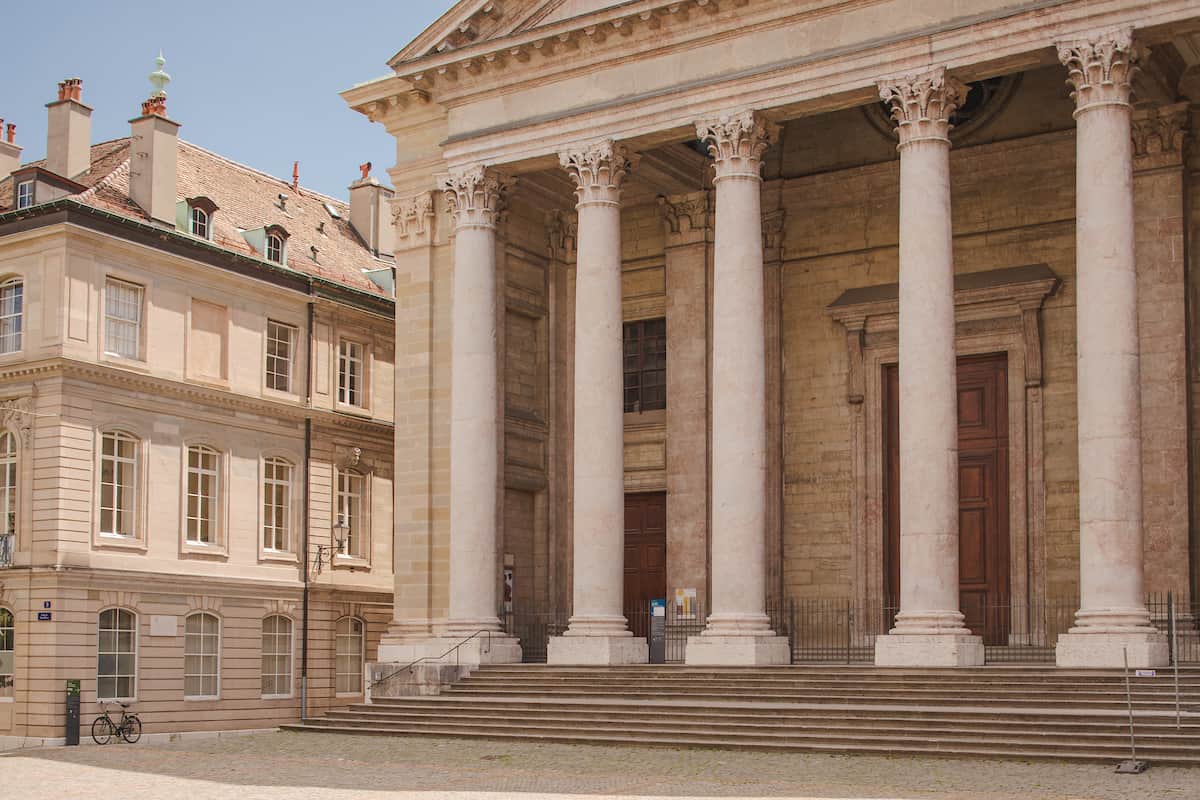The protestant Reformation

Initiated by a protest, the Reformation was initially intended to be a renewal of the Christian ideal, a return to the early days. In fact, it was to become part of the incredible turmoil that marked the beginnings of modernity.
In 1517, Martin Luther rose up against the Church’s abuses and, without having wanted to, contributed to the break-up of Western Christianity. With other reformers throughout Europe soon following in his footsteps, including Jean Calvin in Geneva from 1536 onwards, he affirmed that Christian faith took precedence over his works, and that Christianity itself was the only authority residing in the Biblical scriptures. Over the course of the subsequent centuries, the Reformation was to accompany the slow process of secularisation of the West, while on occasion resisting it, as was the case with the ‘Réveils’ in the 19th century.
Today, the Reformation constitutes a family of contrasts with multiple currents, from the most conservative to the most liberal, between the vitality of the historical evangelical and protestant movements, confronted with the advances made by a world that had become disenchanted.
Created in 2005, the International Museum of the Reformation (MIR) houses the living traces of the history of Geneva and the Reformation. The MIR thus constitutes a museum with a clear idea and project behind it.
In the 16th century, indeed, Jean Calvin wanted to make Geneva a city that would become a model for the rest of the world, by demonstrating a new way to experience and live out Christianity. It was this drive that made the city flourish internationally; the ‘myth’ of Geneva was born. Thus, far from any faith-based proselytising, the goal of the MIR boils down to explaining to visitors the roots of this destiny.
To find out more, please visit:
www.musee-reforme.ch